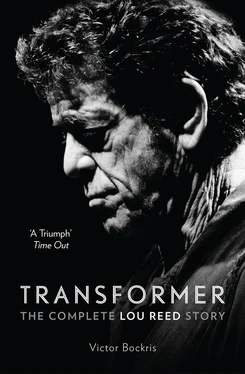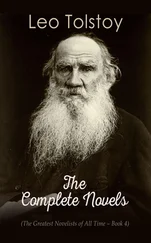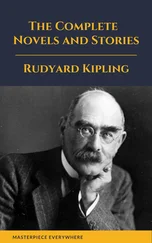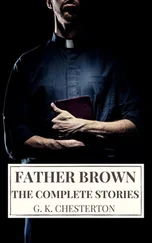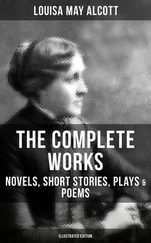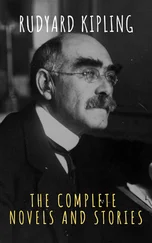By the fall, with their music mature and their audience growing, they felt that something was happening. This seemed confirmed in November when they stumbled upon the name they would keep, the Velvet Underground, “swiping it,” as Lou put it, from the title of a cheap paperback book about suburban sex Tony Conrad literally picked out of the gutter and brought to Ludlow Street. The name Velvet Underground seemed to fit perfectly their affiliations and intentions. That same month they got their first media boost when filmed playing “Venus in Furs” for a CBS documentary on New York underground film, featuring Piero Heliczer and narrated by Walter Cronkite. When the prestigious rock journalist Alfred G. Aronowitz offered to manage them, they accepted.
AI Aronowitz, who had an influential pop column in the New York Post and had written extensively about the Beatles, Stones, and Dylan, was an important player on the New York rock scene. “Aronowitz was famous,” wrote one onlooker. “Aronowitz was the man who’d introduced Allen Ginsberg to Bob Dylan and Bob Dylan to the Beatles. He’d known Billie Holiday and Jack Kerouac and Paul Newman and Frank Sinatra. He could get Ahmet Ertegun, George Plimpton, Clive Davis, or Willem de Kooning on the phone. He’d been Brian Jones’s American connection and Leon Russell’s New York guru and the one who introduced Pete Hamill to Norman Mailer. Only Aronowitz could write a rock column in a daily newspaper that’d make the whole country snap to attention.” His interest in the Velvets was a sure sign of impending success.
Suddenly, however, their unorthodox background clashed with their progress. As soon as Aronowitz presented them with their first paying job, opening for another group he managed, the Myddle Class, Angus MacLise, as Lou recalled, “asked a very intriguing question. He said, ‘Do you mean we have to show up at a certain time—and start playing—and then end?’ And we said, ‘Yes.’ And he said, ‘Well, I can’t handle that!’ And that was it. I mean, we got our electricity out of Angus’s apartment, but that was it. He was a great drummer.”
Lou, who put his beloved group before anything and anyone, never forgave MacLise. But as it developed, Angus’s withdrawal set in motion one last chance meeting that would perfectly complete the band. With the Aronowitz date booked for December 11, only days away, Lou and Sterling suddenly remembered that their Syracuse friend Jim Tucker had a sister who played drums and wondered if she might be able to fill in. Cale, horrified by the mere suggestion that a “chick” should play in their great group, had to be placated by the promise that it was strictly temporary. When he acquiesced, Lou shot out to the suburbs of Long Island to audition Moe Tucker. “My brother had been telling me about Lou for a while, because he had known him for a few years before that,” Maureen recalled. “I was nineteen at the time, living at home and had a job, keying stuff into computers. Lou came out to my house to see if I could really play the drums. He said, ‘Okay, that’s good.’”
When she first went to John’s apartment in New York to hear the band play their repertoire, Maureen, whose favorite drummer was Charlie Watts, was knocked out. She could see that Lou was a bona fide rock-and-roll freak, and the whole band was amazing. “When they played ‘Heroin,’ I was really impressed. You could just tell that this was different.”
Maureen’s drumming was a distillation of all the rock and roll that had gone before, and yet, influenced by African musicians, she played with mallets on two kettledrums while standing up. “I developed a really basic style,” she said, “mainly because I didn’t have any training—to this day I couldn’t do a roll to save my life, or any of that other fancy stuff, nor have I any wish to. I always wanted to keep a simple but steady beat behind the band so no matter how wild John or Lou would get, there would still be this low drone holding it together.” Methodical and steady as a person and a drummer, Maureen kept up the backbeat. But, young as she was in comparison to her older brother’s friends, she held her own, rarely keeping her opinions to herself when they mattered. Though bowled over by the Velvets’ music, she was not always impressed with the lifestyle that went along with it. She thought it was crazy for John and Lou to go out and look for firewood to heat their apartment. “It wasn’t very romantic,” she commented later about the flat. “It stank.”
The Velvet Underground’s first job took place at Summit High School in Summit, New Jersey, on December 11, 1965. They were squeezed in between a band called 40 Fingers and the Myddle Class. “Nothing could have prepared the kids and parents assembled in the auditorium for what they were about to experience that night,” wrote Rob Norris, a Summit student. “Our only clue was the small crowd of strange-looking people hanging around in front of the stage.”
What followed the gentle strains of 40 Fingers was a performance that would have shocked anyone outside of the most avant-garde audiences of the Lower East Side. The curtain rose on the Velvet Underground, revealing four long-haired figures dressed in black and poised behind a strange variety of instruments. Maureen’s tiny hermaphroditic figure stood behind her kettledrums, making everyone immediately wonder uneasily whether she was a girl or a boy. Sterling’s tall, angular frame shuffled nervously in the background. Lou and John, both in sunglasses, stared blankly at the astonished students, teachers, and parents, Cale wielding his odd-looking viola. As they charged into the opening chords of the cacophonous “Venus in Furs” louder than anyone in the room had ever heard music played, they rounded out an image aptly described as bizarre and terrifying. “Everyone was hit by the screeching urge of sound, with a pounding beat louder than anything we’d ever heard,” Norris continued. “About a minute into the second song, which the singer had introduced as ‘Heroin,’ the music began to get even more intense. It swelled and accelerated like a giant tidal wave which was threatening to engulf us all. At this point most of the audience retreated in horror for the safety of their homes, thoroughly convinced of the dangers of rock and roll music.” According to Sterling, “the murmur of surprise that greeted our appearance as the curtain went up increased to a roar of disbelief once we started to play ‘Venus’ and swelled to a mighty howl of outrage and bewilderment by the end of ‘Heroin.’”
“Backstage after their set, the viola player was seen apologizing profusely to an outraged Myddle Class entourage for scaring away half the audience,” Norris concluded. “AI Aronowitz was philosophical about it, though. He said, ‘At least you’ve given them a night to remember,’ and invited everyone to a party at his house after the show.”
Observing that the group seemed to have an oddly stimulating and polarizing effect on audiences, Aronowitz advised them to get some experience playing in public by doing a residency at a small club. Four days later they started a two-week stand at the Cafe Bizarre on MacDougal Street in New York’s Greenwich Village. “We played some covers, ‘Little Queenie,’ ‘Bright Lights Big City,’ the black R-and-B songs Lou and I liked—and as many of our own songs as we had,” Sterling reported. “We needed a lot more of our own material, so we sat around and worked; that’s when we wrote ‘Run Run Run,’ all those things. Lou usually would have some lyrics written, and something would grow out of that with us jamming. He was a terrific improvisational lyricist. I remember we had the Christmas tree up, but no decorations on it, we were sitting around busy writing songs, because we had to, we needed them that night!”
Читать дальше
